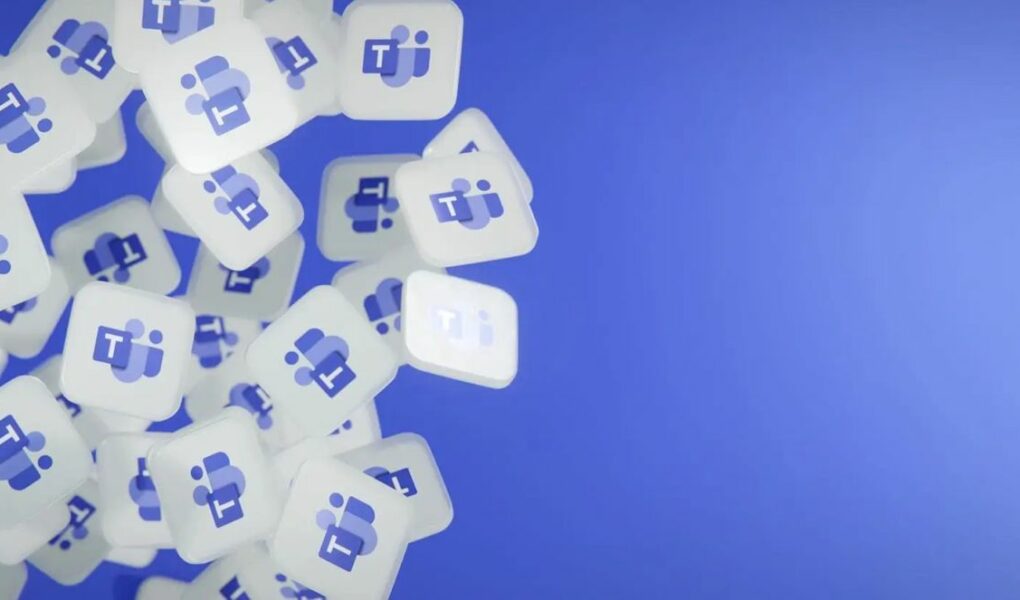Security for business conversations, in the wake of hybrid remote work in modern digital workplaces, has become very instrumental. Microsoft Teams training allows students to learn a range of security features and mechanisms that go a long way to safeguarding your business conversations and sensitive data. This article talks about some of the key strategies and best practices on how to secure interactions on Microsoft Teams.
Understanding Microsoft Teams Security Features
1. Multi-Factor Authentication (MFA):
Enhanced User Authentication: One of the most effective ways to secure Microsoft Teams is to turn on MFA. This advanced user authentication ensures something that a user knows, like a password, and something that a user has, such as their mobile device, to identify a user. This extra layer brings a high degree of protection against unauthorized access.
Administrators can enforce MFA across all users in the organization by configuring security policies in the Microsoft 365 admin center. Thus, every login attempt is verified to provide robust protection against breaches.
2. Data Encryption
- In-Transit and At-Rest Encryption: Microsoft Teams does end-to-end encryption of all data both in transit and at rest. This assures that messages, files, and all shared content are encrypted from source to destination, making it nearly impossible to intercept and read the data by unauthorized parties.
- Industry Standards Compliance: Microsoft Teams adheres to quite several industry standards, specifically relating to the protection of information from the most sophisticated security threats, such as GDPR, HIPAA, and ISO/IEC 27001. These protections are relevant for companies operating in exceptionally data-sensitive industries like healthcare and financial services.
3. Safe Guest Access
- Manage Guest Permissions: Turning on guest access in Microsoft Teams is a great deal of convenience when you work with partners or clients outside your company. However, if managed improperly, it may open up a lot of vulnerabilities. Admins can manage the permissions of guests to view or perform various operations within the Teams settings, such as turning off the possibility of downloading a file or accessing channels.
- Regularly Review Guest Access: Periodically review guest access, removing guests who no longer need permission for access, will help the environment be secure. This is what makes sure that sensitive business conversations are viewed by only authorized persons.
Best Practices to Secure Microsoft Teams
1. Regular Security Audits:
- Monitor and Audit Activities: The process of regular security auditing ensures that these vulnerabilities against Microsoft Teams are recognized and removed. Use the audit log search feature of the Microsoft 365 compliance center, which monitors user activities such as file accesses, message deletions, or changes in team settings.
- Respond to Security Threats: Develop processes for acting on security incidents that are identified during audits. This could involve contacting the IT team, locking accounts that are compromised, or having other security measures put in place.
2. User Education in Security Procedures:
- Security Training and Awareness: This is one of the best ways to improve security by educating users. All the security features implemented in Microsoft Teams require that every member of your team is made aware of the same, such as identifying a phishing attempt and how to make a strong password.
- Leverage Available Resources: Resources such as Custom Guide and training courses teach about significant security features and best practices that help users navigate the platform securely for organizations eyeing to enhance security protocols around Teams.
Advanced Threat Protection
- Malware and phishing: Microsoft Defender for Office 365 protects Microsoft Teams from malware and phishing assaults, as well as other cyber threats. The service monitors URLs and attachments shared on Teams for harmful content and, if detected, prevents them from reaching the user. Enable Safe Links and Safe Attachments: Set up policies for Safe Links and Safe Attachments to detect and destroy dangerous information, preventing security breaches.
Conclusion
Protection of your business conversations within Microsoft Teams is very critical to safeguarding sensitive data and maintaining the integrity of your communication. You can build a secure environment in which innovation and collaboration can take place through the features embedded within the platform and recommended best practices. Additional training resources, like Custom Guide, can also help give your team what it needs to know to use Microsoft Teams effectively and securely.




